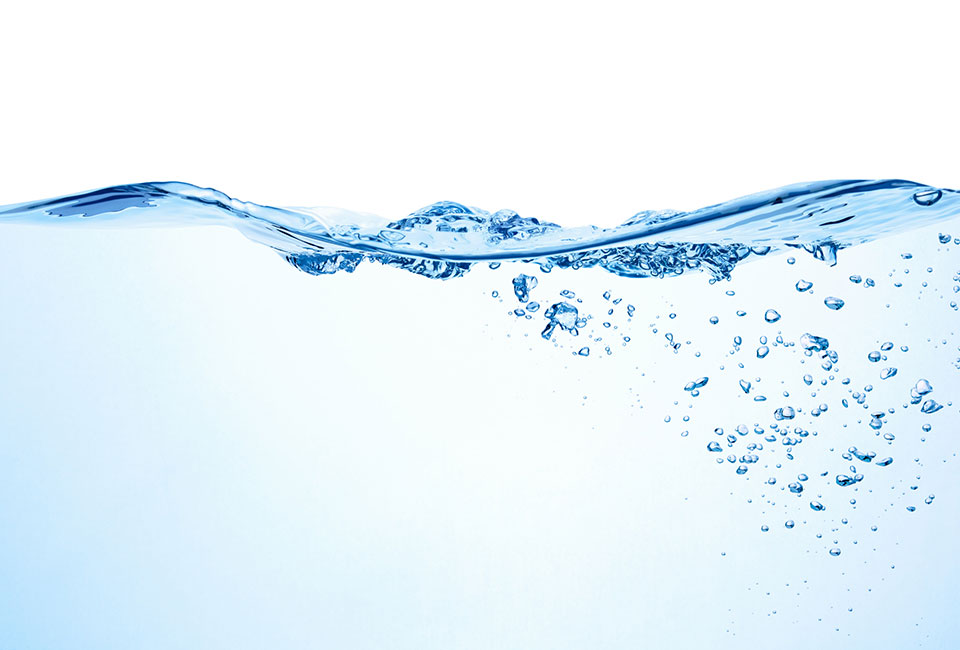What’s in Your Water? Impacts on Hemodialysis Explained

Summary
Water quality depends on many “highly fluid” variables. It is the most important component in a safe and successful hemodialysis treatment, in any setting. Here we look at a few key impacts on water that are critical in protecting patients’ health.
For an end-stage renal disease (ESRD) patient on hemodialysis, water quality is just as essential to their survival as the treatment itself. Water represents more than 90% of the total composition of a standard dialysate prescription, and large volumes of water come in direct contact with a patient’s blood during each treatment. Chemical, bacterial and associated endotoxin contamination can threaten a patient’s health. Safe and effective hemodialysis can only be performed if the water purity is aligned with CMS-mandated Association for the Advancement of Medical Instrumentation (AMMI)/International Standards Organization (ISO) standards, historically accomplished through pretreatment and the reverse osmosis (RO) process.
Extreme care is required, and additional water pretreatment may be necessary, to verify that water is purified and dialysis patients are not exposed to hazardous substances that their kidneys can’t process. Multiple variables impact incoming water that is treated for use in hemodialysis in hospitals, clinics and patients’ homes, three of these being the source, contaminants and temperature.
#1 Water Source
The primary water source in the U.S. is local drinking water suppliers. Depending on the location, this can be a large municipal water supplier, a small community water system or a well. Incoming water quality from surface or ground water is based on exposure to changing environmental conditions, human impacts and microorganisms, and also local geology.
Surface water from reservoirs, lakes, ponds and rivers is subject to forces of nature as well as man-made impacts. It contains varying amounts of natural sediment such as sand, mud and silt, chemicals such as pesticides and herbicides, sewage, debris, metals, toxins, bacteria, viruses and algae.
Ground water, which is underground in saturated zones beneath the land surface, is impacted mainly by human residential, municipal, commercial, industrial and agricultural activity, according to the Environmental Protection Agency (EPA). According to the U.S. Geological Survey, ground water is the source of about 40% of water used for public supplies and about 39% of water used for agriculture in the U.S., and it provides drinking water for more than 90% of the rural population who do not get their water delivered from a municipal provider.

#2 Contaminants
Municipalities and other drinking water suppliers in the U.S. are required to adhere to the U.S. EPA drinking water standards under the Safe Drinking Water Act, which specifies chemical and microbiological contaminant levels. Municipalities also add chemicals to make water safe to drink, including fluoride and chlorine.
Based on the water source, the purification method used by a municipal water facility, the transport medium to convey the water from the source to where it is used, and the location, drinking water may contain impurities such as bacteria, viruses, fungi, endotoxins, minerals, and other organic and inorganic substances. Contaminant types and levels vary by location and are changing continuously, based on a myriad of factors. This includes seasonal fluctuations in water quality due to climate issues such as drought, age and condition of the water infrastructure and pipes, substances used to help fight against decaying water mains, the impact of local industries, and the occurrence of natural disasters such as hurricanes and floods.
Importantly however, drinking water safety standards are not the same as those for dialysis-grade water. Some chemicals used in municipal water treatment are not inherently toxic in nature, but, if present in high enough concentrations, can cause adverse health effects in those on dialysis. For example, chlorine and its combined form, chloramine, are added to municipal water systems to kill bacteria, but they also can destroy red blood cells and increase the risk of death in patients on dialysis, according to The National Forum for ESRD Networks. Federal regulations are in place to specify the minimum standards allowed for water quality in dialysis. This includes the routine monitoring and testing of bacteria and endotoxin levels to ensure that required disinfection practices are working properly, proper water treatment disinfection cycles as a preventative measure, and timely replacement of filters and related components.
#3 Temperature
Incoming water source temperatures are variable, and it may be necessary to cool or heat water to the ideal temperature for hemodialysis. An RO membrane is most efficient with a 77-degree Fahrenheit water feed. Water temperature fluctuations can make RO membranes inefficient and sometimes inoperative, so it is important to address water temperature problems when planning for hemodialysis in any setting. Where the incoming water is too cold, RO membrane pores shrink and water flow slows. It can be heated by mixing hot and cold water with a thermostatic mixing valve. If the incoming flow is too hot, RO membrane pore size increases and water flows faster. Water can be cooled using a chiller cooling system or heat exchanger.
Considering the various pathways described here for contaminants to enter the water supply and impact hemodialysis and patient outcomes, the question of “what’s in your water” is a critical one—whether patients are receiving treatment in the hospital, in-center or home setting. Promising innovations in water treatment processes and dialysis technology will help decrease the risk of contamination to this vulnerable and growing population.
Special thanks to Outset Medical’s David Cohen, Staff Water Purification Engineer, and Kelly Ross, Customer Service Manager, both with many years of experience in dialysis water quality, for their contributions to this post.
* Disclaimer:
The information on this page is intended to furnish users with general information on matters that they may find to be of interest. It is intended as general guidance only and is not intended to replace or serve as a substitute for any professional advice, consultation or service.


